Heated eye mask does not enhance IPL therapy outcomes in dry eye patients
The additional use of a heated eye mask in combination with intense pulsed light (IPL) therapy in patients with evaporative dry eye disease does not appear to provide a substantial advantage over IPL therapy alone, according to a study.
The study included 110 patients with evaporative dry eye disease, divided into 2 groups: IPL therapy only (n = 73) and IPL therapy in conjunction with the Posiforlid heated eye mask (n = 37). Assessments were carried out at baseline; during IPL sessions; at the end of treatment; and at 3, 6, and 12 months post-treatment.
Both groups showed increased tear film stability and improved symptoms. Key points from the evaluations included:
- Tear Film Stability Evaluation (TFSE):
- Control group: Improved from 310.56 ± 389.54 at baseline to 114.40 ± 122.90 after 12 months.
- Heated mask group: Improved from 391.11 ± 456.45 to 97.38 ± 105.98 after 12 months.
- Non-Invasive Average Breakup Time (NIABUT):
- Control group: Increased from 10.72 ± 4.90 seconds to 14.79 ± 3.72 seconds.
- Heated mask group: Increased from 11.11 ± 5.08 seconds to 15.84 ± 2.26 seconds.
- Ocular Surface Inflammatory Evaluation (OSIE):
- Decreased significantly in both groups with no significant differences between them.
- Symptomatology Scores (measured by EFT):
- Control group: Improved from 29.99 ± 8.60 to 39.10 ± 5.08.
- Heated mask group: Improved from 27.35 ± 9.24 to 38.35 ± 4.62.
The study concluded that while both treatment strategies improved tear film stability, ocular surface inflammation, and patient symptoms, the additional use of a Posiforlid heated eye mask did not significantly enhance these outcomes compared to IPL therapy alone.
Reference
Pac CP, Ferrari F, Mercea N, et al. Efficiency of Combining Heated Eye Mask with Intense Pulsed Light Therapy as a Treatment Option for Evaporative Dry Eye Disease. Rom J Ophthalmol. 2024;68(2):158-165. doi: 10.22336/rjo.2024.29. PMID: 39006323; PMCID: PMC11238869.

Contact Info
Grandin Library Building
Six Leigh Street
Clinton, New Jersey 08809


